|
A major important item in the aerodynamic missile configuration is the wing or the main lifting surface. A great variety of wing planforms or configurations are used. Without going into the detailed analyses for optimisation of the configuration, only the names of a few well-known theories are stated here.
The linearised theory is used in supersoninc flow over wings. This theory is derived from the exact differential equation of steady compressible flow. There are also a few equations of first order and linear equations called 'Ackeret Theory'. The basic assumptions made are: (a) the airfoil is thin, and (b) the flow is two dimensional, to mention a few typical ideal assumptions which one comes across many a time. A few higher order terms have been derived making use of constants called the 'Busemann constants' owing their name to the man who derived them. This derivation makes use of expansion series which are mainly mathematical. A straight wing planform is the one which is often used. Two other basic wing planforms used are delta and swept back wings. There are many variations of these basic planforms. Due to the advantages and disadvantages associated with each of the basic planforms used, a thorough study involving their aerodynamic efficiency, structrual weight and cost of manufacturing is often called for. In the analysis of wings of arbitrary planform it is important to know whether the leading (and trailing) edge is subsonic or supersonic since the pressure distribution is markedly different for each condition. Extensive experimental investigations have been conducted to determine and compare the aerodynamic characteristics (commonly called as chics') of the basic planforms for practical applications. The factors taken into account are Reynold's number, fluid viscosity and such other dimensional properties. Thus, airfoil is the cross section of a wing which gives a minimum drag and a maximum lift. The pressure over an airfoil is primarily a function of the angle between the free stream air direction and the surface. The airfoil shape or section for supersonic application is noticeably different from those sections used in the subsonic region. In general, sharp nosed symmetrical airfoil sections of the double wedge, modified double-wedge, or biconvex variety result in the most efficient aerodynamic design. Study of the movement of a body in the presence of air is called aerodynamics and this study is vitally important for the design of aircraft, missiles and rockets. The atmosphere as we know is densest close to earth's surface at sea level. As we go higher it becomes thinner (i.e.? the pressure and density are lower). The sensible atmosphere is upto a height of about 80 kilometers. The temperature also varies with height. The layer of atmosphere nearest to earth is called troposphere. Above that is stratosphere which is further subdivided into lower stratosphere and upper stratosphere. Beyond that, is ionosphere or ozonosphere and the last is exosphere. The very high speed fighter aircraft fly upto altitudes of about 30 km, while transport jets fly upto about 10-11 km. The aircraft and missiles are bodies that are heavier than air and so can support their weights only if they produce a force to counter it. This force can be either lift force generated by the flow of air over the wings and body or generated by means of an engine in the form of thrust. This is done by helicopters or by aircraft with swing-engines (vertical takeoff type) where main engines can be swiveled. In missiles (most are launched vertically or with an inclination), a part of the weight is countered by the rocket engine thrust. When we have a body with wings or without wings moving through air, there are forces generated which act on the body to oppose its motion (drag). In other words, this force must also be countered by the engine's thrust. .The drag force depends upon the fineness or bluntness and size of the body. To minimize the drag force one has to choose the aerodynamic shape such that functional requirements are also met. In the missiles aerodynamic surfaces called wings, fins, and control surfaces and body called fuselage (with suitable nose shape conical or ogival followed by cylindrical) are designed to provide the necessary lateral maneouvrabilitv. This is achieved by deflecting control surfaces through actuation mechanism and thereby altering the balance of forces and generating turning moments. This happens at a very rapid rate. In cruise missiles wings are provided to generate lift force while the missile flies in horizontal level mode. Most of the aerodynamics is studied by mathematical analysis of flow and then further validated by tests on scaled-down models in wind tunnel where forces are measured and correlations generated. An experimental data bank is generated for subsequent designers. Aerodynamic considerations and structural design factors are intimately related to the propulsion and guidance aspects. The external missile shape and design is finalized keeping in view the needs of other subsystems and performance criteria. Thus mechanical and electric missile system engineers take equally important part in the overall missile design. This calls for a need to have a good insight and appreciation on the part of these personnel for the overall missile design. Aerodynamic characteristics of various external components and their configuration aid their selection towards an optimum missile performance with respect to its lift and drag characteristics, aerodynamic stability, maneuverability, etc. Comprehensive and accurate data to enable a missile technologist to zero-in on a particular configuration is not readily available since much of the essential data is classified. Moreover, the requirement of stupendous quality of data desirable and sufficient for a fairly efficient design is a deterring factor too. However, an important asset the missile engineer: must have in discharging any R&D assignment is a sound understanding and knowledge of the fundamental principles involved in all the subsystems. The fundamentals of many technically specialized areas-aerodynamics, thermodynamics (mainly heat transfer), kinematics, propulsion, structural design-are a necessity though it makes the task of the aeronautical design engineer rather complex. Some of the major considerations the latter should have for an optimization of design are enumerated here.
The body of the missile may be divided into three major sections the - fore body or the nose, the mid-section and the aft or boat-tail section. In missiles the control function is to ensure stability of the missile and implement the guidance signals received from external sources or generated onboard. The control, after processing the guidance signals, actuates the aerodynamic surfaces or thrust vector to generate turn of the missile speed and direction as required.
The guidance system is to detect whether the missile is flying above or below, to the left or right, of the required path. It obtains these deviations or errors and sends signals to the control system to reduce these errors to zero. The task of the control system therefore is to manoeuvre the missile quickly and efficiently making use of these signals. In order to appreciate controls we shall briefly describe the motion of the missile as a free body. The missile has a total of six degrees of freedom of movement. Out of this, three degrees are translational or linear about the three axes viz., x, y and z; while the other degrees are rotational movement about three axes termed as pitch, yaw and roll. Pitch is the turn of missile when it climbs up or down. Yaw is its turn to left or right. The roll is when the missile rotates about its longitudinal axis, which is also called roll axis. The longitudinal axis is the one running from nose to tail. If a missile is resting horizontally then, the pitch axis is the one which is normal to longitudinal axis and parallel to the horizontal axis and pitch axis. Missiles can roll when in motion due to various reasons. There are missiles in which roll is controlled. Roll can be sensed onboard using a free gyro sensor and eliminated through actuation of controls. Some missiles have roll induced by design to use it for stability. The other axes which are controlled for motion are pitch and yaw axes. Guidance is that aspect of a missile system which helps it to decide the direction in which the missile should move. Generally this decision has to be taken at very short intervals of time (1/50th of a second) during the flight of the missile.
For a specific mission, particular guidance technique is used. The different types of guidance are
Some missiles need more than one system of guidance. The requirement depends on the phase of guidance. The various guidance phases are the launch phase, the mid-course phase and the terminal phase. Liquid Propulsion System
Most of the liquid propulsion rockets are used where long duration of operation is required. Here the oxidiser and fuel (both liquid) propellants are stored in separate tanks in the missile. There are basically two types of liquid propellants deployed: cryogenic (with boiling temperature below 120 K like liquid hydrogen, liquid oxygen, etc.) and noncryogenic or storable type (like kerosene, hydrazine, nitrogen tetraoxide, hydrogen peroxide, etc.). In space missions usually both propellants (oxidiser and fuel) used are cryogenic, whereas in missiles the propellants used are storable or non-cryogenic. Sometimes in space missions a combination is used where one propellant is cryogenic while the other is storable. TYPES OF PROPULSION SYSTEM
Missile propulsion will be mainly of the following two types:
The air breathing rocket engines use the surrounding medium of' air for the support of their oxidiser. Thus they can be used only within the Earth's atmosphere whereas in the case of non-air breathing engines the rocket engine itself' carries its fuel and oxidiser on board and hence can be used in space above the Earth’s atmosphere also and is thus independent of the air medium. Depending on the physical state of matter of the propellant used, the rocket propulsion system is designated as a solid rocket motor, a liquid propulsion system or a hybrid propulsion system. Missile Propulsion
Propulsion is the means of providing power to accelerate the missile body and sustain, if necessary, to reach the required target. The basis for the working of missile propulsion systems are the well-known Newton's laws of motion. In order to aid a quick retrospect, these are stated here again. First Law A body continues in its state of rest or in uniform motion in a straight line unless acted upon by an unbalanced force. What is a missile? Basically any object thrown at a target with the aim of hitting it is a missile. Thus, a stone thrown at a bird is a missile. The bird, by using its power of reasoning may evade the missile (the stone) by moving either to the Left, right, top or bottom with respect to the flight path (trajectory) of the missile. Thus, the missile in this case has been ineffective in its objective of hitting the bird (the target). Now, if the stone too is imparted with some intelligence and quick response to move with respect to the bird, to overcome aiming errors and the bird's evasive actions and hit it accurately, the stone now becomes a guided missile. The incorporation of energy source in a missile to provide the required force for its movement (propulsion), intelligence to go in the correct direction (guidance) and effective maneuvering (control) are mainly the technologies of guided missiles. They help in making a missile specific to a target, that is, they determine the size, range and state of motion of a missile. Types Of Guided Missiles
Presently, there are many types of guided missiles. They can be broadly classified on the basis of their features such as type of target; range; mode of launching; system adopted for control, propulsion or guidance; aerodynamics; etc. They are also termed in a broad sense as strategic or tactical, defensive or offensive. On the basis of target they could be called
|
AuthorPalash Choudhari Archives
June 2021
Categories
All
|
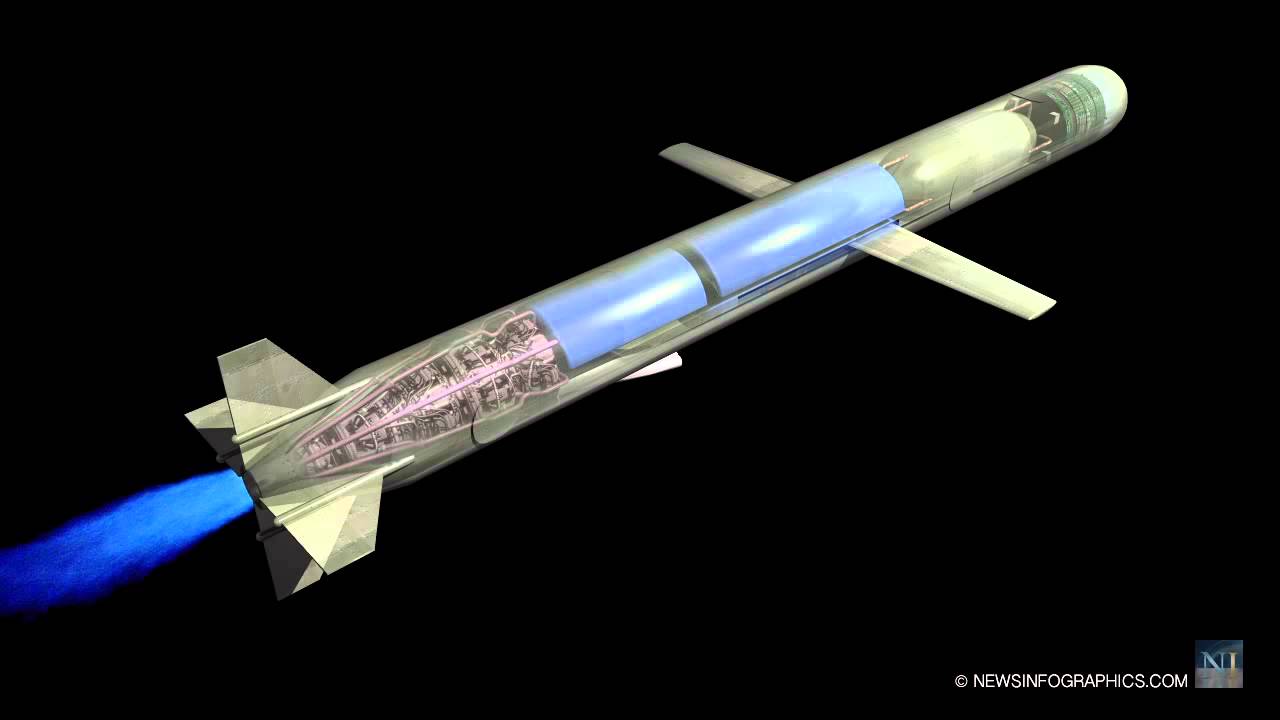
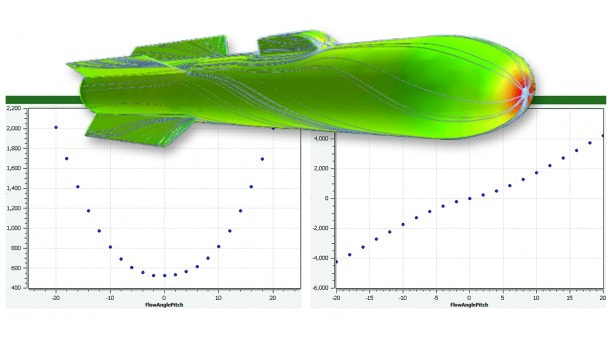
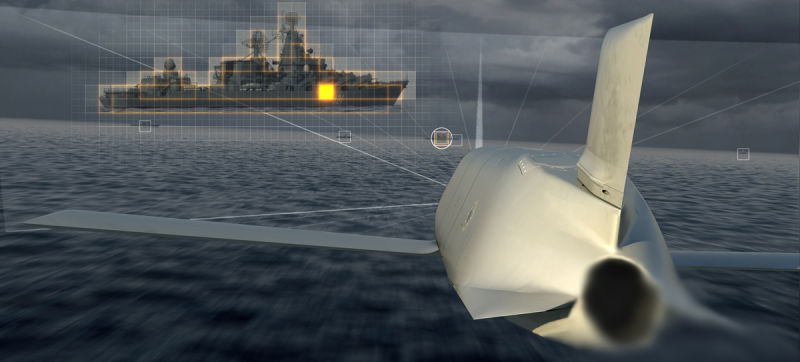
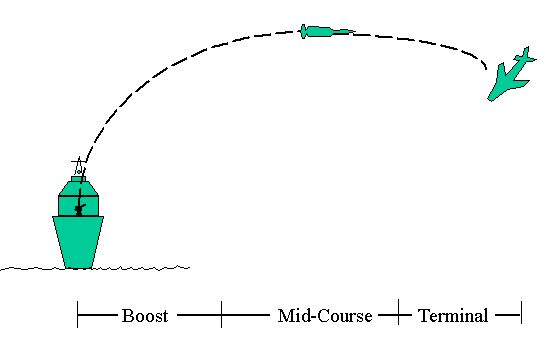
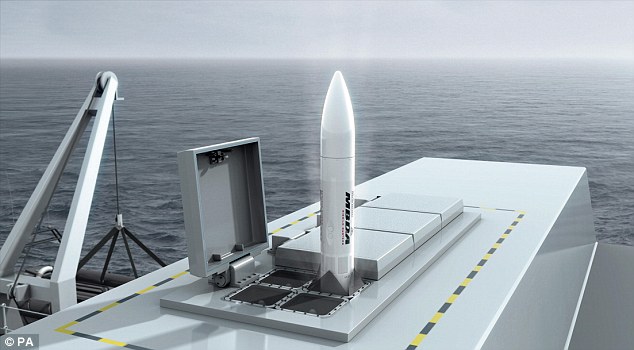
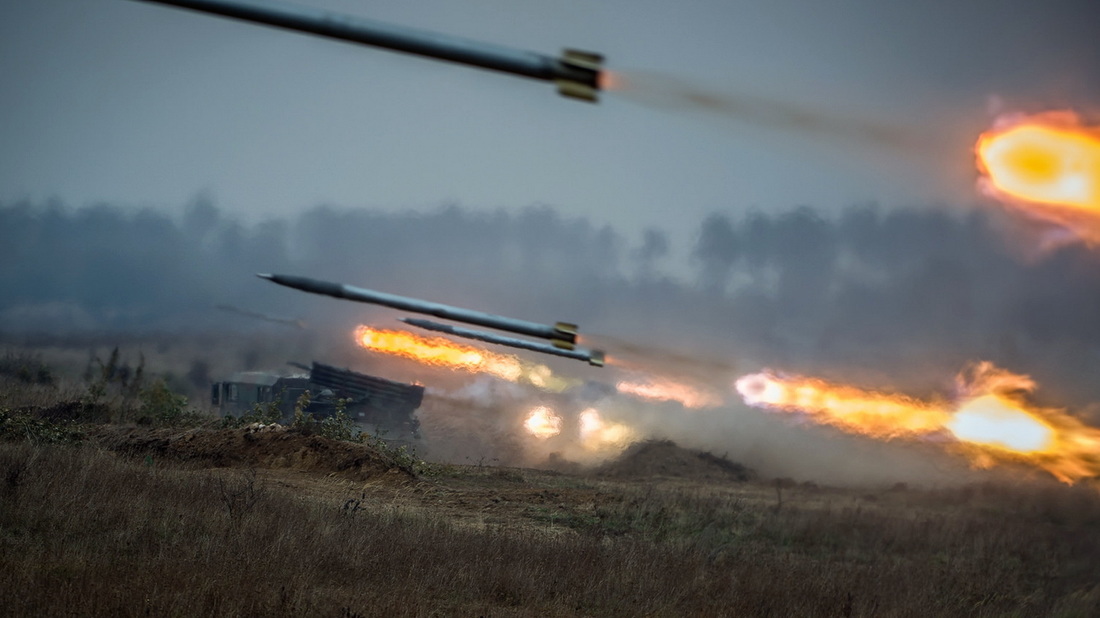
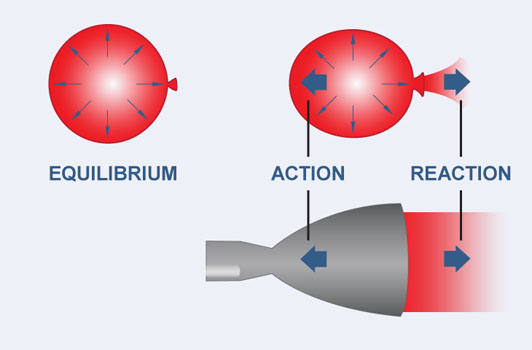
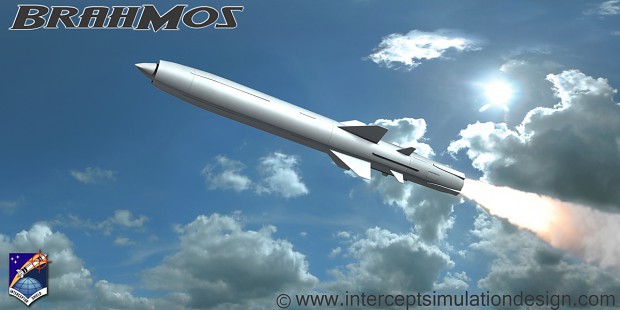
 RSS Feed
RSS Feed
